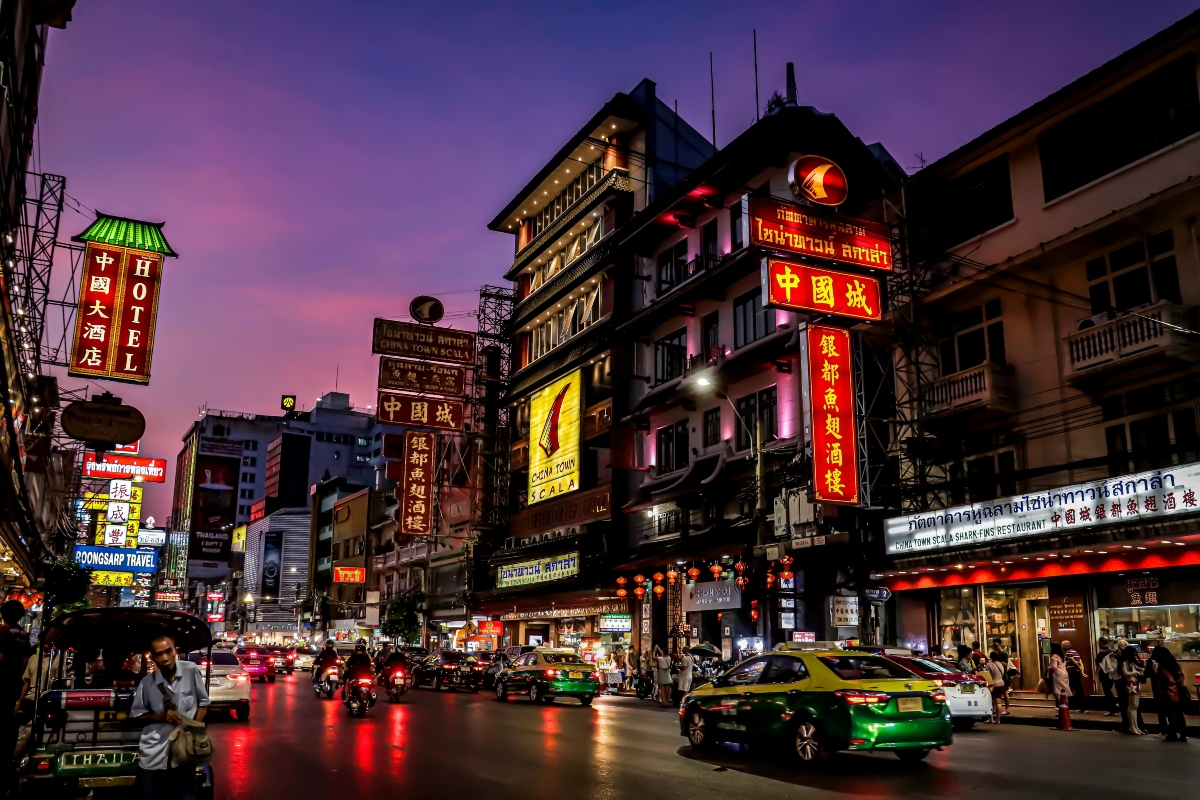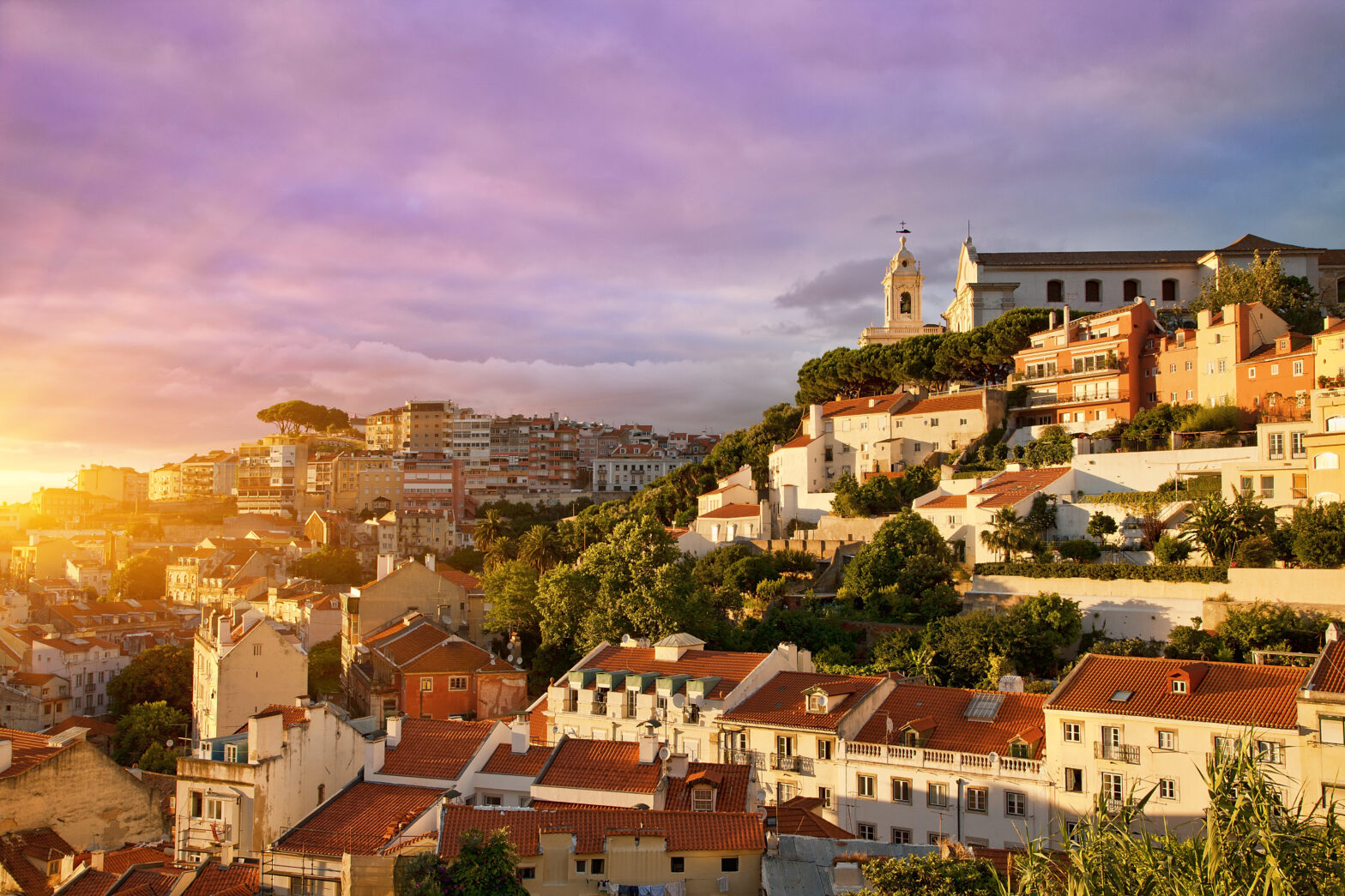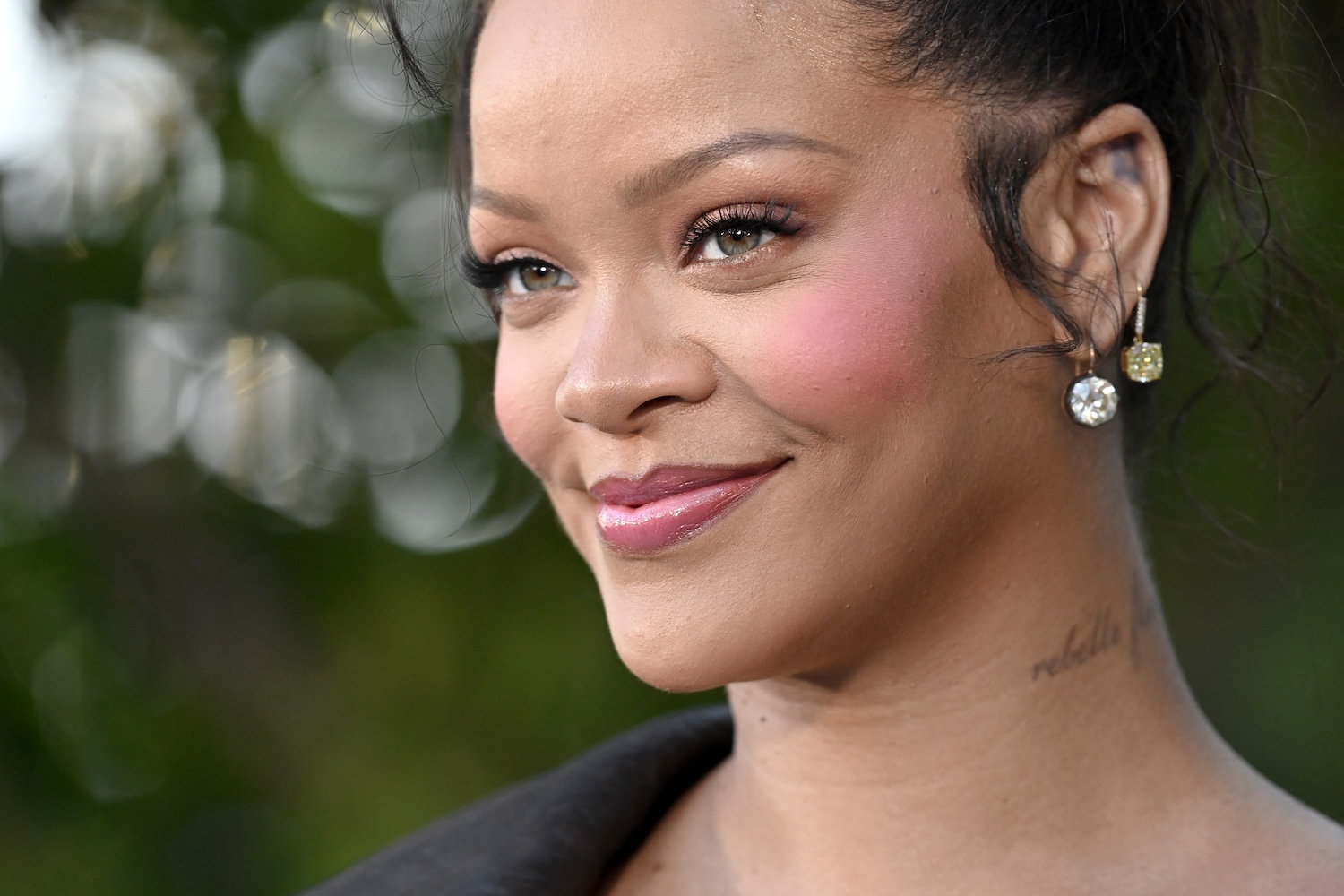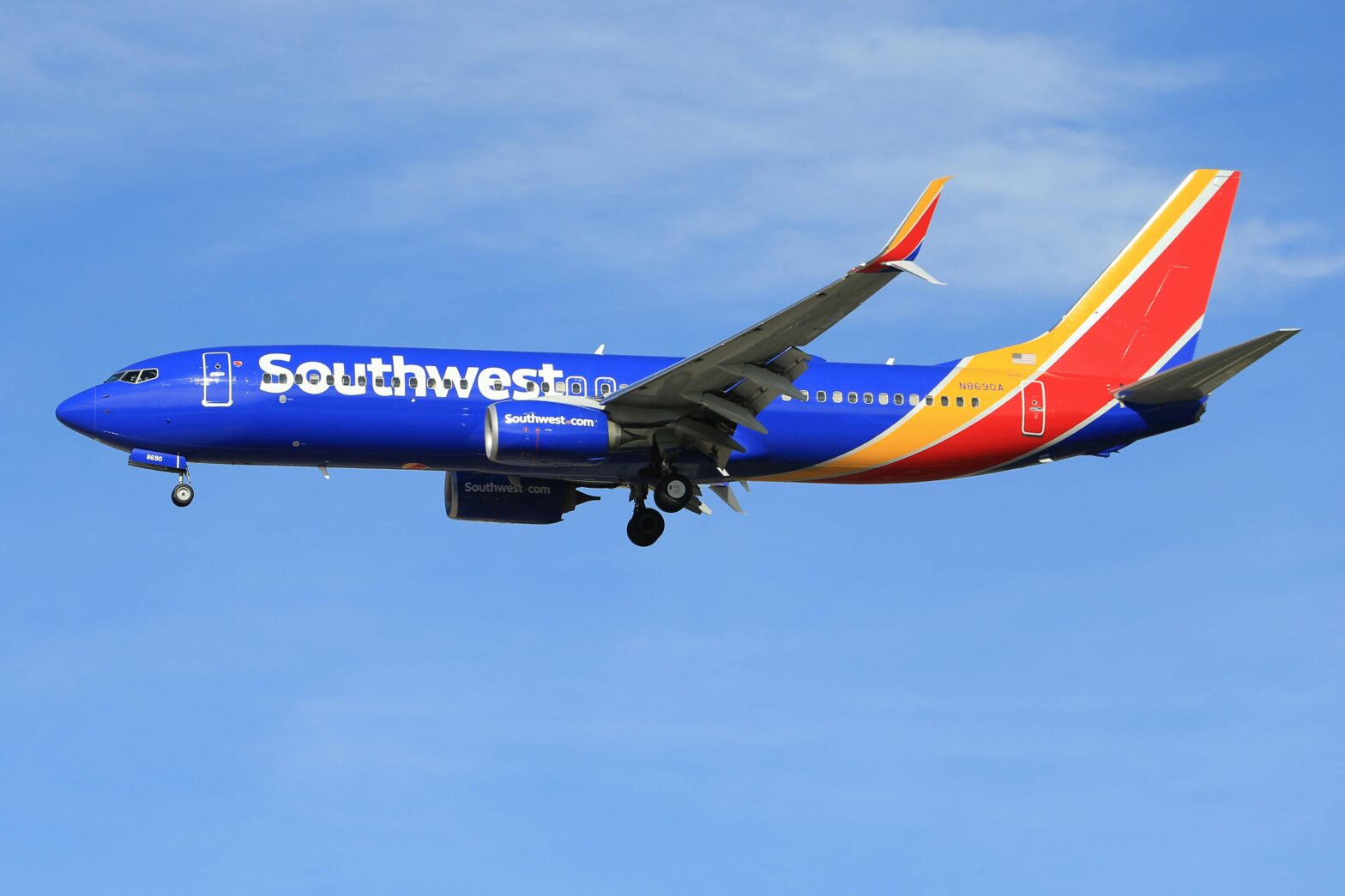As early as the 1600’s, enslaved men and women were brought to Bermuda on ships in route to the southern states of the United States. They worked mostly in the the maritime and tobacco industry, but often fought back and rebelled.
During Bermuda’s period of enslavement, Black men and women would come together in the wee hours of the morning to build their own structures and community buildings. While it was all illegal, they never stopped creating and laying the bricks that would later inspire Black Bermudians of present day.
On August 1, 1834, about 200 years later, Emancipation Day officially lifted the burden of slavery. More than 4,200 enslaved men and women, making up about 50% of the population, were set free.
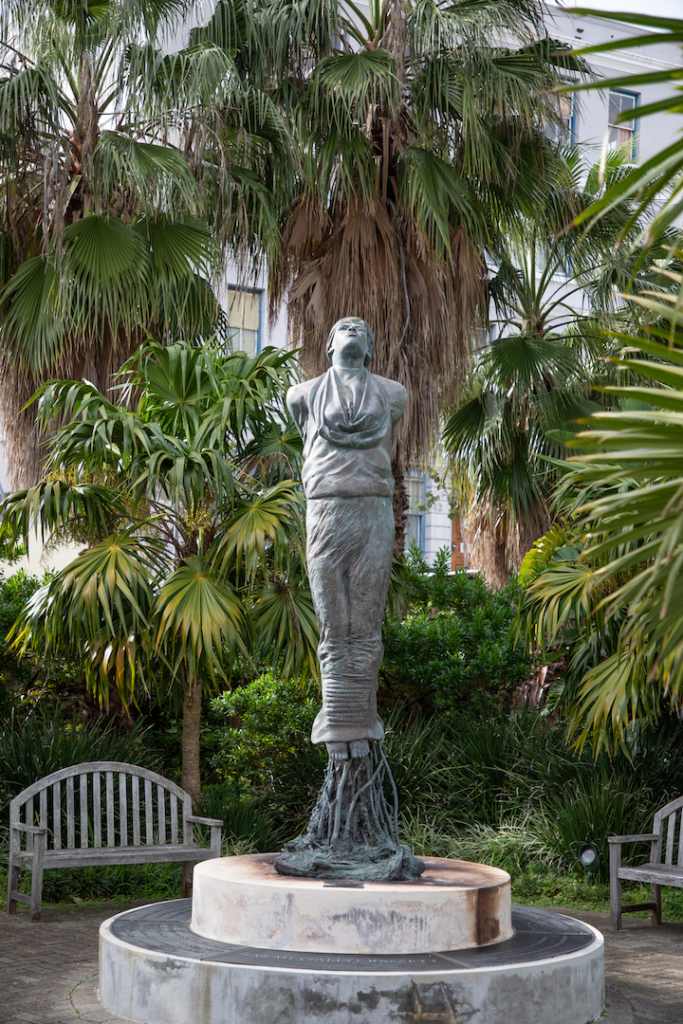
While some may not know Bermuda’s history or the significant contributions that enslaved people made to the island nation, the country’s former Minister of Tourism– the late David Allen— knew that preserving the history was necessary.
Around the early 2000s, Allen and his team began working to create Bermuda’s African Diaspora Heritage Trial. This trail is comprised of more than 60 historical landmarks across the island, paying homage to the ancestors who built the country with their blood, sweat, and tears.
“This trail is actually global,” Rashida Godwin, CEO of Titan Tours Bermuda told Travel Noire. “Bermuda has the largest concentration of sites along the trail and they span all across the island.”
Cobbs Hill Methodist Church, built by enslaved people in the moonlight, is a building on the trail worth noting.
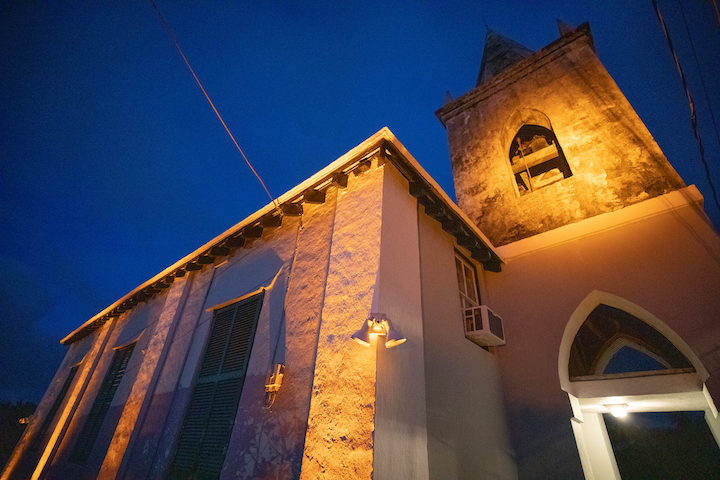
“It is the oldest standing Methodist church in Bermuda. They still hold services there, too. Enslaved men and women were often told that if they wanted to get free, they would need to worship and pray to God. But, they were not allowed to attend church services with their enslavers, without permission. Even then, they were forced to watch from outside.”
So, they decided to build their own churches and places of worship.
In the town of St. George, the island’s oldest town, several sites are marked for Black Americans and Black Bermudians who went on to become trailblazers and history makers.
“Joseph Rainey, a Black American, came to Bermuda and set up a barber shop and his wife was a successful dress maker,” Kristin White, history tour operator and owner of Long Story Short Book Shop told Travel Noire. “He returned back to America and became one of the first Black Americans to be elected to the House of Representatives”
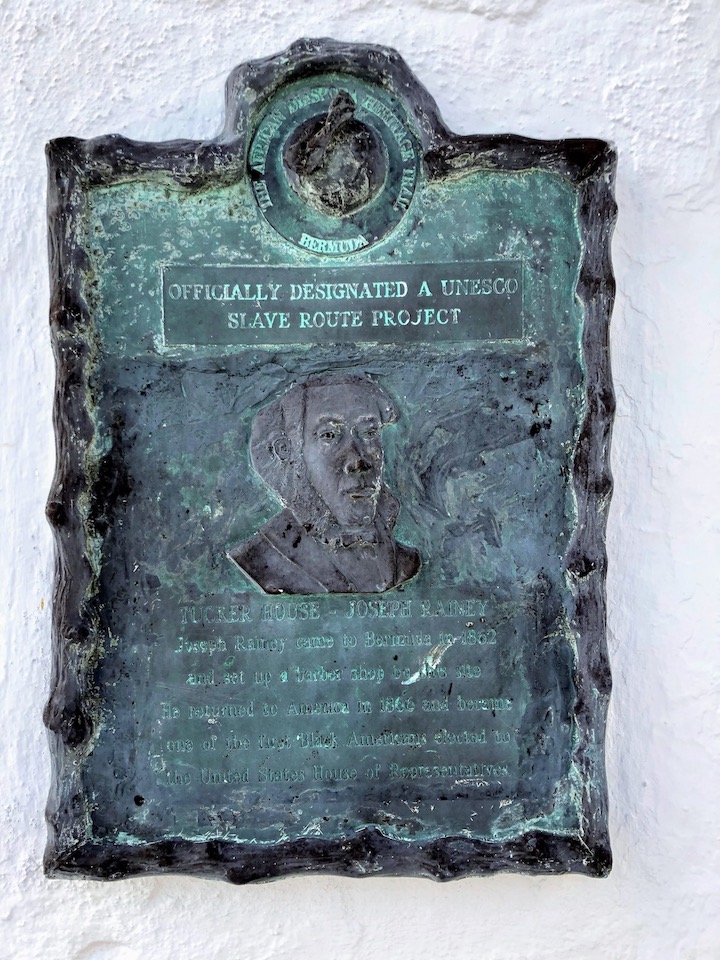
Another man worth mentioning is Mr. Pilot Darrell, an enslaved man who would become one of the first Black Bermudians to own property, even when it was still illegal to do so.
“He is said to have built a small cottage here, and he passed the property on to his wife and children. His direct descendants still live on the land today, and it has been restored and expanded over time.”
These men are only a handful of those who are honored along the trail within Bermuda. Others include Mary Prince and Sally Bassett.

To learn more about the sites along Bermuda’s trail, you can visit this link. For tours along the trail you can visit: www.titantoursbermuda.com or www.longstoryshort.life.
Related: Headed To Bermuda? Add These 5 Things To Your Bucket List

